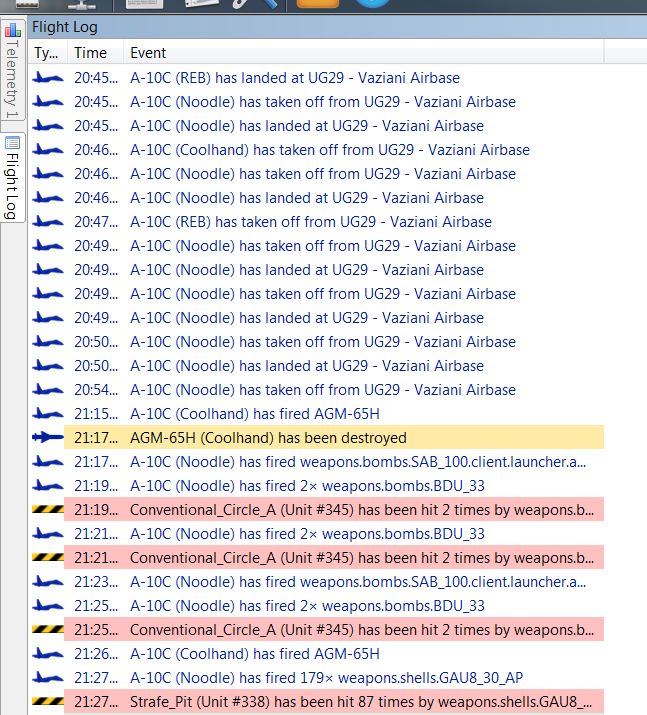For the past couple of days, several of us have been flying at Kutaisi attempting to eliminate the 3 SA-15's that have showed up to our party uninvited. Reaper gave us a good tactics lesson yesterday by destroying the 2 SA-15's that were NE of Kutaisi. I've been having a great time today attempting to destroy the one SW of Kutaisi.
On my second attempt, I approached within 15nm undetected and got a Maverick off at 13.4nm,
viewing it through tacview, it appeared to be a perfect shot, nothing was fired at it and we thought for sure it was going to make it to its mark, then all of a sudden, at 1.4nm from impact, my Maverick just blew up, nothing was fired at it and the flight log verifies this.
Someone please tell me what happened, heres a photo of my flight log and will gladly post my tacview file if needed. Thanks, this has really puzzled me.






 Reply With Quote
Reply With Quote





